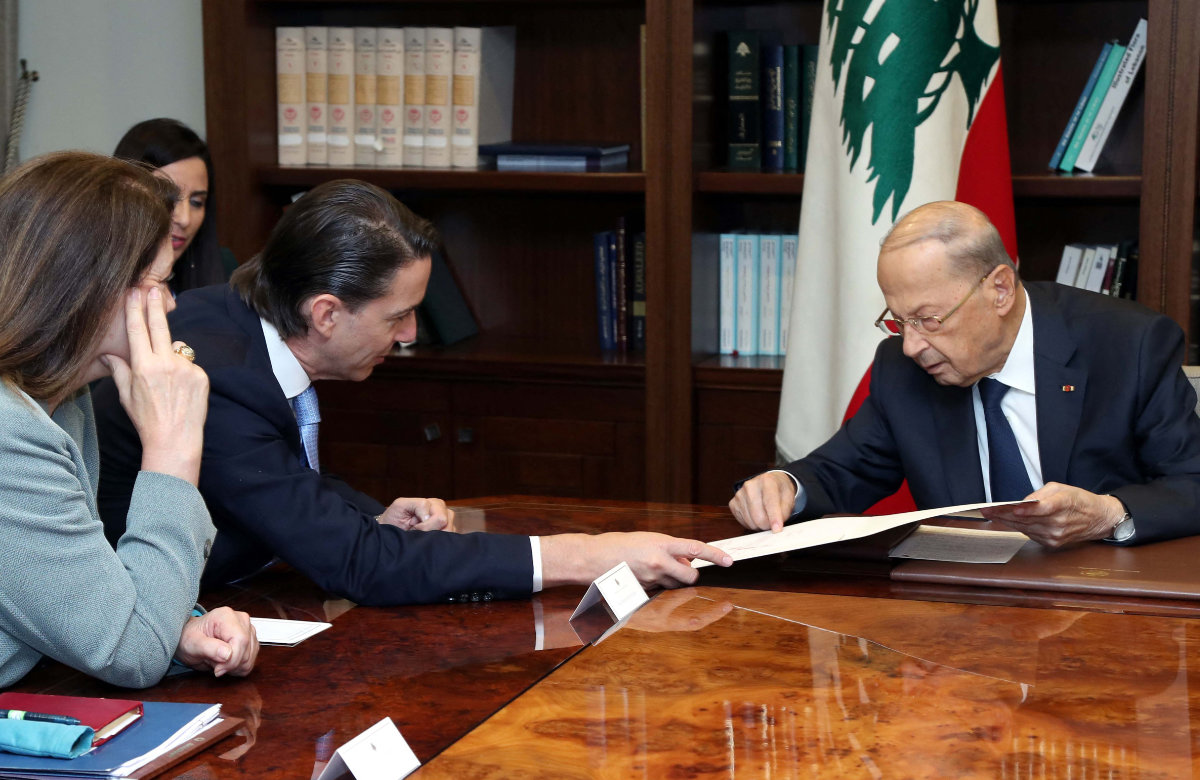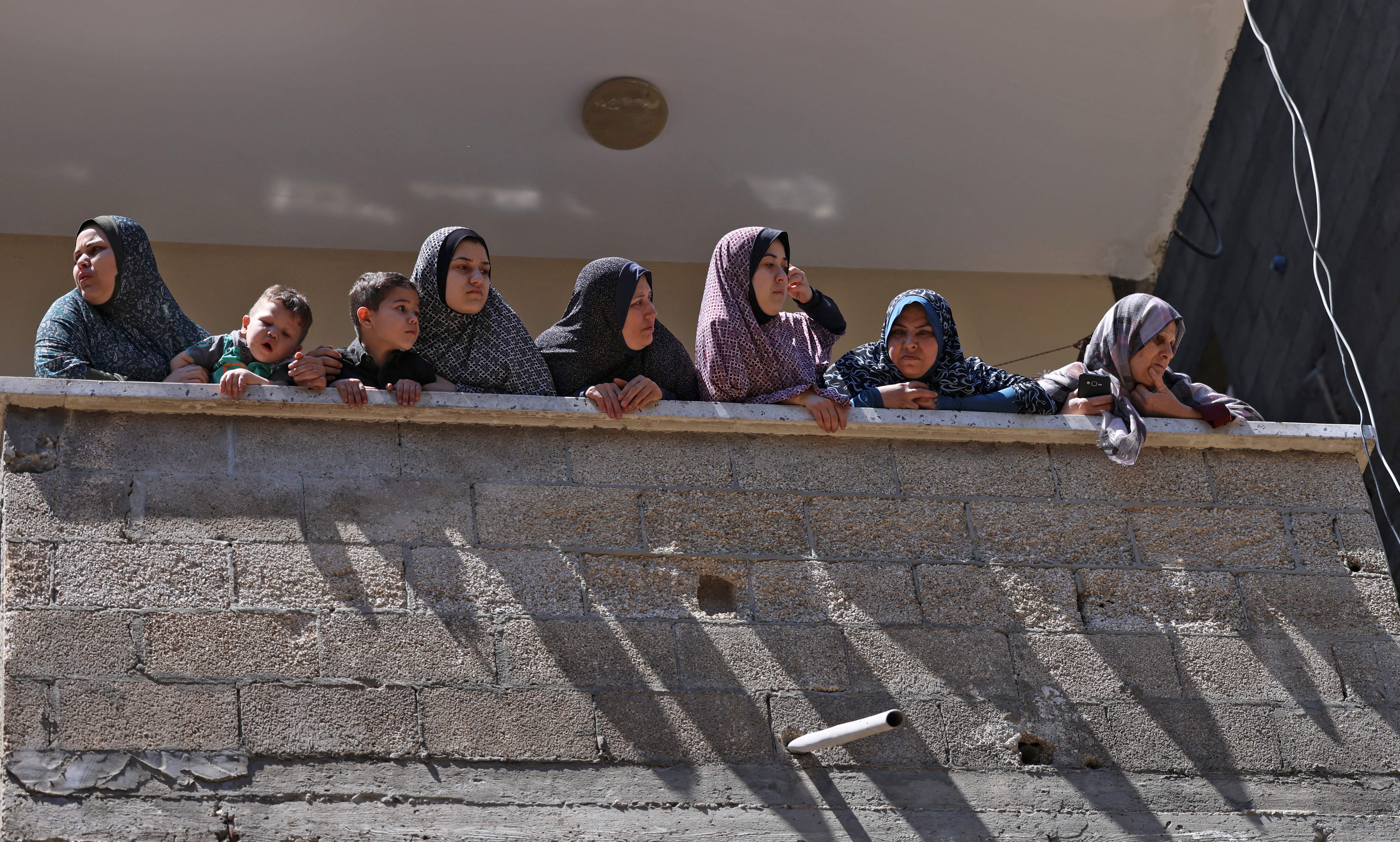


Meanwhile, far-right Israelis have taken to Facebook and Telegram to coordinate pogroms against Arab citizens of Israel, according to Israeli watchdogs Fake Reporter and Habloc Org.Īnd while all sides accuse each other of being responsible for the chaos, many among the Arab communities say the security forces protect only the Jewish-Israeli communities and even provoke violence, an accusation they vehemently deny. Reports have emerged of multiple stabbings, including of a Palestinian worker in Jerusalem, and Jewish citizens in Lod. Video footage shared with The Independent by families showed Jewish residents trying to break into a house in Haifa, or marking doors in Lod to come back and attack later. “The majority of incidents have been a result of Israeli Arabs attacking people.”Īrab residents dispute that they are the perpetrators and say they are the victims. “There have been incidents of Jewish-Israeli violence, but mostly retaliation,” said Micky Rosenfeld, a police spokesperson, who said the Arab communities were often responsible for escalating violence, although video evidence points to the contrary. Groups of Arab citizens have been accused of damaging heritage sites including the Old City of Acre and the Lod Mosaic museum. In Lod, Jewish-Israeli members of the municipality and mayor’s office claimed that it was the Arab citizens who instigated the breakdown in law and order, burning down synagogues and throwing molotov cocktails and stones at Jewish citizens. In Israel’s mixed Arab-Jewish cities, including Jaffa, Acre, and Haifa, fury and despair spiralled into open street battles, stabbings and shootings, in a depressing cycle of violence. The cross-border exchange of fire between Hamas and Israel that erupted shortly afterwards was only fuel on the fire that has grown into a raging inferno across the country. Officials often deny that discrimation exists.Īcross the country, tensions reached boiling point over the weekend following scenes of Israeli forces repeatedly storming Jerusalem’s al-Aqsa mosque, the third holiest site in Islam, with stun grenades and teargas, while Palestinian protesters threw back rocks and bottles. Israel’s estimated 1.9 million Arabs make up about 20 per cent of the population and mainly comprise of descendants of Palestinians who either stayed within their communities or were internally displaced after the 1948 war that led to the creation of Israel.įor years they have complained of discrimination, structural racism and violence from Jewish citizens as well as leaders and security forces. The president, Reuven Rivlin, has warned of a civil war, appealing to all sides to “please stop this madness”. The violence has become so serious that even as the Israeli army is drawing up plans for a potential ground invasion of Gaza, the Israeli prime minister, Benjamin Netanyahu, announced this week that vital military resources may be diverted to quell the unrest in the country’s own cities. The bitter war within a war that is brewing threatens to fracture the country further, whether or not a ceasefire silences the warplanes growling over Gaza or the rocket launchers firing back. What is unfolding in Lod, reflects the absence of inter-communal bonds across Israel.Īgainst the backdrop of a potential protracted war in Gaza, and clashes between settlers and Arabs in Jerusalem, violence has flared between Jewish-Israeli and Arab-Palestinian citizens of Israel. We don’t know who is against us or for us here.” “I want justice for my brother, but how? We feel like we are in a jungle. “This feels like civil war,” says Ayoub Hassuna, 27, whose brother Mussa, 31, was shot dead, likely by Jewish residents, during a wave of violence on Monday. Driving around Lod, or al-Lydd in Arabic, fires blaze across streets that are partly blocked by dumpsters and torched, upturned cars.


 0 kommentar(er)
0 kommentar(er)
